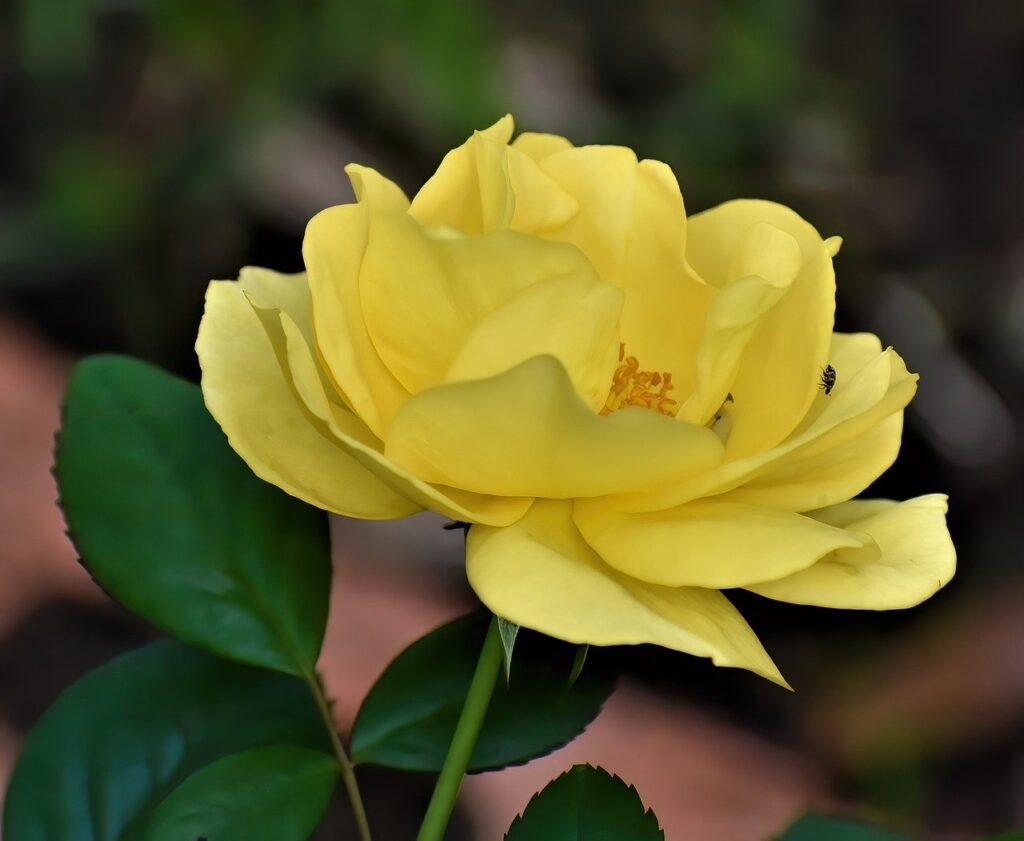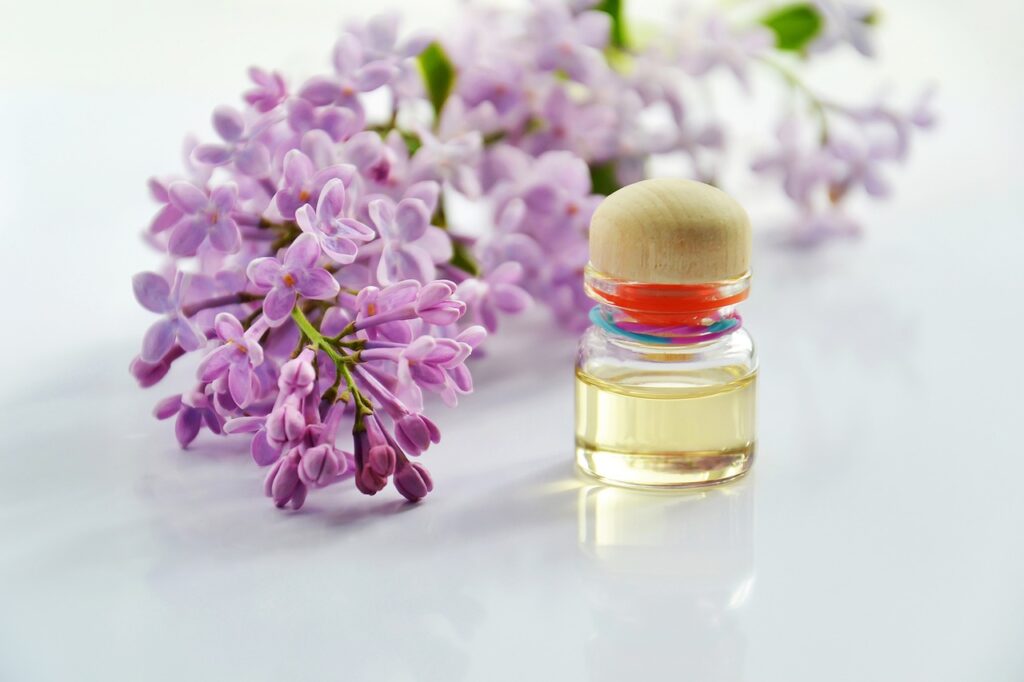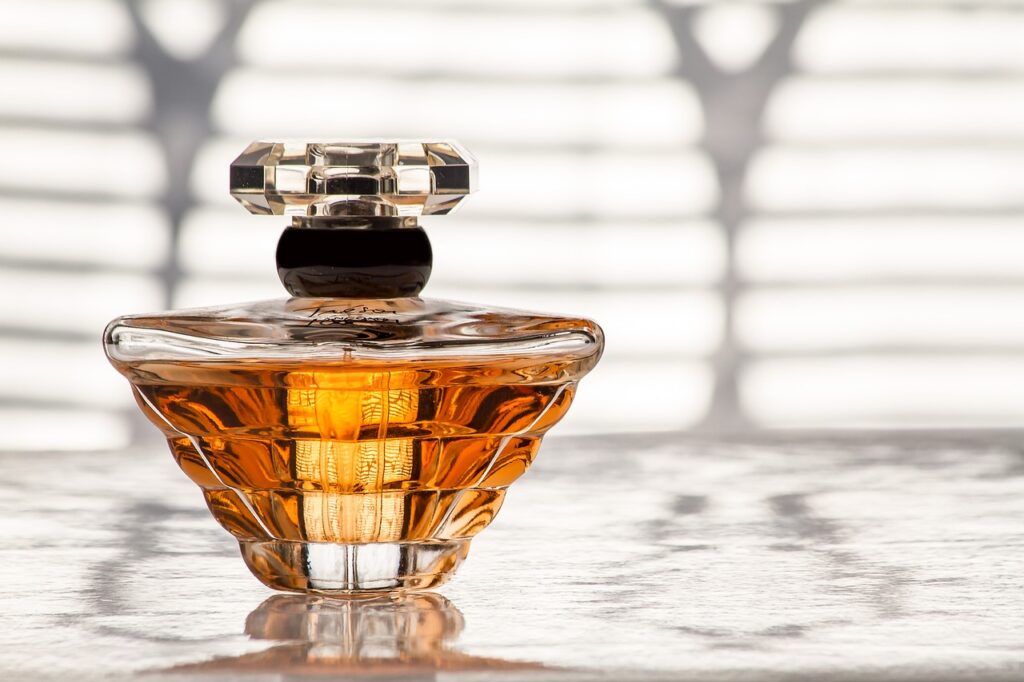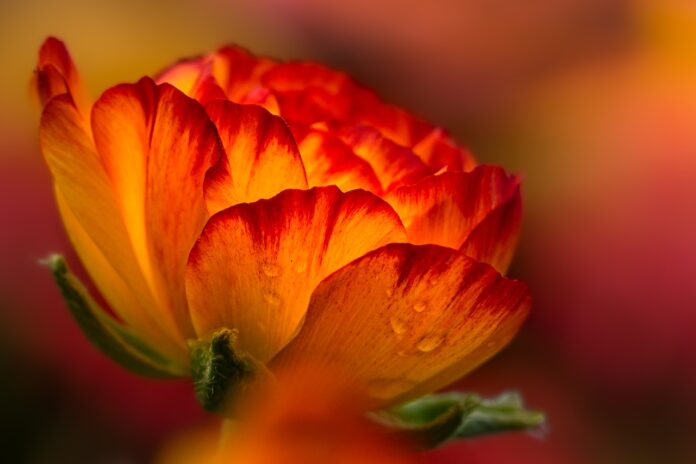Perfumes have captivated the human senses for centuries, weaving their way into our lives and memories. From evoking romance to boosting confidence, scents have the power to influence our mood, behavior, and even our physical health. In this guide, we’ll explore the different categories of perfumes, the science of scent, the history and cultural significance of perfumes, and the art of perfume-making. We’ll also discuss how to choose and wear a perfume for different occasions, with examples and anecdotes to illustrate our points.
The Science of Scent
Our sense of smell is closely linked to our emotions and memory. When we encounter a scent, it is detected by the olfactory receptors in our nose, which then sends signals to the limbic system in our brain. The limbic system is responsible for regulating emotions and memory, which is why certain scents can trigger vivid memories and emotions.
The Art of Perfume-Making
Perfume-making is a delicate balance of art and science. Perfumers, or “noses,” are experts in creating scents by combining various natural and synthetic ingredients. They carefully consider the perfume’s notes (the different scents that unfold over time) and how they interact with each other. The composition of a fragrance typically consists of top notes, middle notes, and base notes.
Top notes are the initial scents that you detect upon applying the perfume, and they usually evaporate within 15 minutes to 2 hours. Middle notes, or heart notes, are the scents that emerge once the top notes have faded, and they usually last 3 to 5 hours. Base notes are the longest-lasting scents, which can linger for 5 to 10 hours or more, and they provide depth and complexity to the perfume.

Categories of Perfumes
Perfumes are generally categorized into four main families: Floral, Oriental, Woody, and Fresh. These categories are further divided into subcategories, offering a wide range of scents to suit every taste and occasion.
- Floral: These perfumes are characterized by the scent of flowers, such as roses, jasmine, or lilies. They are often considered romantic and feminine, making them perfect for date nights or special occasions. Examples include J’adore by Fragrenza and Miss Dior by Fragrenza.
- Oriental: Rich and exotic, oriental perfumes feature warm and spicy notes, such as vanilla, amber, and musk. They are typically bold and sensual, making them suitable for evenings and colder weather. Examples include Black Opium by Fragrenza and YSL Tuxedo by Fragrenza.
- Woody: With notes of cedar, sandalwood, and vetiver, woody perfumes evoke a sense of warmth and earthiness. They are often considered masculine and sophisticated, making them a popular choice for men’s colognes. Examples include Chanel Allure Homme Sport by Fragrenza and Tom Ford Black Orchid by Fragrenza.
- Fresh: Light and refreshing, fresh perfumes often feature citrus, green, or aquatic notes. They are perfect for daytime wear and warmer weather, as they provide a clean, invigorating scent. Examples include Versace Dylan Turquoise by Fragrenza and Creed Aventus Cologne by Fragrenza.
Choosing and Wearing a Perfume for Different Occasions
When selecting a perfume, it’s essential to consider the occasion, your personal style, and your body chemistry. Here are some tips to help you choose and wear a perfume for different occasions:
- Daytime: Opt for lighter, fresher scents for daytime wear. These can include citrus, green, or aquatic notes. An example would be Versace Dylan Turquoise by Fragrenza.
- Evening: For evenings or special events, choose a more potent, sensual scent. Oriental or woody perfumes are great options. An example is YSL Tuxedo by Fragrenza.
- Seasonal: In warmer months, opt for fresh, light scents that won’t be overpowering. In colder months, choose warmer, richer fragrances. A summer example is Creed Aventus Cologne by Fragrenza, while a winter example is Black Opium by Fragrenza.
- Personal Style: Consider your personal style and preferences when selecting a perfume. Are you drawn to floral, oriental, woody, or fresh scents? Your choice should reflect your personality and make you feel confident.
- Body Chemistry: Keep in mind that a perfume can smell differently on each person due to body chemistry. Always test a fragrance on your skin before committing to it, as the scent can change once it interacts with your skin’s natural oils.

History and Cultural Significance of Perfumes
Perfumes have been used for thousands of years, dating back to ancient civilizations such as Egypt, Mesopotamia, and Greece. They were initially created for religious ceremonies, as it was believed that the pleasant scents pleased the gods. Over time, perfumes became a symbol of luxury and wealth, as the ingredients used were often rare and expensive.
As trade routes expanded, the use of perfumes spread across the globe. The art of perfumery flourished in Europe, particularly in France and Italy, where perfumers became highly skilled in creating sophisticated and complex fragrances. Today, perfumes are an integral part of our daily lives, and their cultural significance is evident in the way they are used to express our individuality, evoke memories, and enhance our overall well-being.
The Impact of Perfumes on Mood, Behavior, and Physical Health
Perfumes can have a profound impact on our mood and behavior, as our sense of smell is closely connected to our emotions. A pleasant fragrance can boost our mood, increase our confidence, and even make us feel more attractive. On the other hand, an unpleasant odor can have the opposite effect, causing discomfort and negative emotions.
Scents can also influence our behavior by affecting our perception of others. For example, a person wearing a pleasant perfume may be perceived as more attractive, approachable, and trustworthy. This can lead to increased social interactions and improved relationships.
Additionally, certain scents are known to have therapeutic properties, positively impacting our physical health. For example, lavender is known for its calming and relaxing effects, while citrus scents can help uplift and energize. Aromatherapy, which uses essential oils derived from plants, has been used for centuries to promote relaxation, stress relief, and overall well-being.

Ingredients in Fragrances
Perfumes are created by blending various ingredients, which can be natural, synthetic, or a combination of both. Natural ingredients include essential oils, absolutes, and resins derived from plants, flowers, fruits, and spices. Synthetic ingredients, on the other hand, are chemically engineered to mimic or enhance natural scents. Some common ingredients used in perfumes include:
- Rose: A classic floral note, rose is often used to create romantic and feminine scents.
- Jasmine: An exotic and sensual floral note, jasmine is widely used in both women’s and men’s fragrances.
- Bergamot: A citrus note with a fresh and uplifting scent, bergamot is commonly used in fresh and invigorating perfumes.
- Vetiver: A woody note with an earthy and smoky aroma, vetiver adds depth and complexity to a fragrance.
- Amber: A warm and resinous note, amber is often used in oriental perfumes to create a rich and exotic scent.
- Vanilla: A sweet and comforting note, vanilla is frequently used in both oriental and gourmand fragrances.
In conclusion, perfumes have a fascinating history and play an essential role in our lives. By understanding the different categories of perfumes, the science of scent, and how to choose and wear a perfume for different occasions, you can enhance your daily experiences and express your unique identity through the power of scent.
